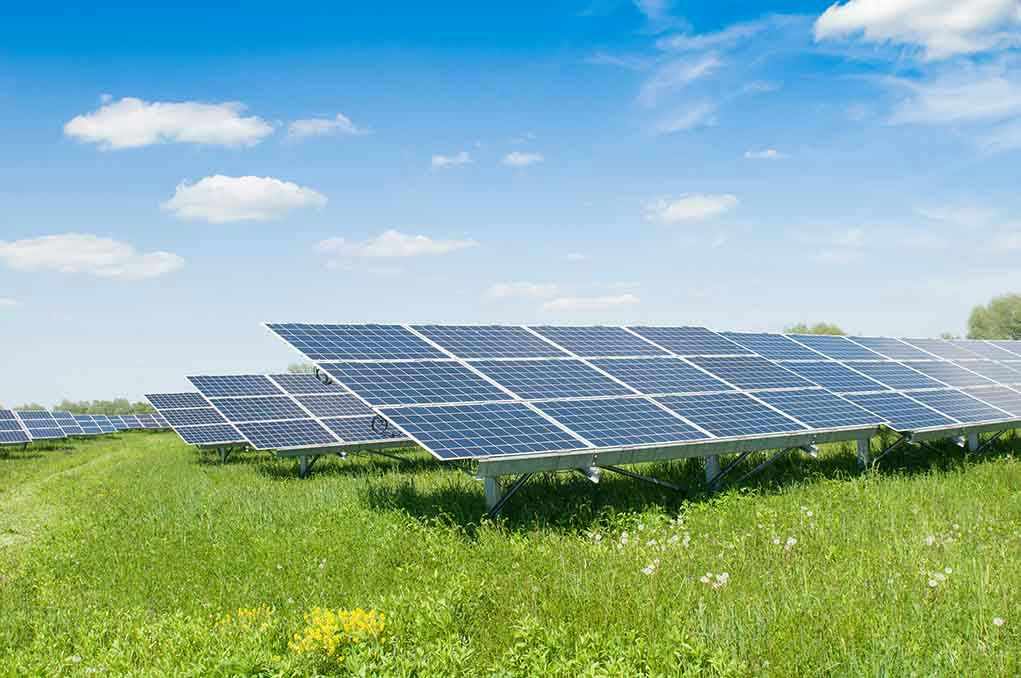
Years of taxpayer funding and environmental promises have come crashing down as California’s $2.2 billion Ivanpah solar plant is set to shut down—proving again how leftist energy experiments waste money and undermine common sense American values.
Story Snapshot
- The Ivanpah Solar Power Plant will begin decommissioning in early 2026 after failing to deliver on its energy and environmental promises.
- Backed by $1.6 billion in federal loan guarantees, the project was plagued by chronic underperformance and costly environmental damage.
- Rapid advances in photovoltaic solar panels made Ivanpah’s outdated technology economically obsolete, forcing utilities to terminate power contracts.
- Ivanpah’s shutdown highlights the risks of “woke” energy policies driven by government overreach rather than market reality or constitutional priorities.
Taxpayer Funds Burned: Ivanpah’s $2.2 Billion Boondoggle
The Ivanpah Solar Power Plant, once hailed as the world’s largest of its kind, was supposed to be a flagship for renewable energy in California’s Mojave Desert. Instead, the project became a financial black hole, absorbing $2.2 billion and $1.6 billion in federal loan guarantees. From the beginning, Ivanpah was a high-profile partnership between the Department of Energy, NRG Energy, BrightSource, and Google, all eager to champion concentrated solar power technology. Unfortunately, Ivanpah consistently failed to meet its projected energy output, operating at only 70–91% of capacity—far below what taxpayers were promised. As the years passed, the plant’s inability to deliver reliable, affordable energy became undeniable, and public frustration grew over the mounting costs and broken promises.
What was marketed as a clean energy victory soon revealed itself as another example of government-driven mismanagement. The Obama-era project, launched in 2010, quickly ran into trouble. Technical misfires led to a 2016 fire, while environmentalists raised alarms about bird deaths and habitat destruction. By 2021, even Pacific Gas & Electric, one of Ivanpah’s main customers, saw the writing on the wall and targeted Ivanpah contracts for cancellation to save money for ratepayers. In January 2024, both parties agreed to terminate power purchase agreements, setting the stage for a phased shutdown beginning in 2026. This decision underscores the dangers of government picking winners and losers in the energy sector, often leaving taxpayers and local communities to pick up the pieces.
Environmental Promises Broken: Wildlife and Land Take the Hit
Despite green rhetoric, Ivanpah’s legacy is a cautionary tale of unintended consequences for both wildlife and the environment. The facility’s massive arrays of mirrors, meant to harness the sun’s power, instead created deadly heat zones, incinerating thousands of birds and disrupting fragile desert ecosystems. Environmental groups, initially supportive, became some of the plant’s harshest critics as the true toll became clear. The concentrated solar technology not only failed to deliver on cost or efficiency but also undermined the very environmental values it claimed to uphold. Now, as decommissioning approaches, the site faces significant challenges in habitat restoration and ongoing environmental monitoring—an ironic twist for a project that was supposed to represent ecological progress.
At the same time, Ivanpah’s story exposes the hypocrisy of energy policies that ignore market realities in favor of political agendas. As photovoltaic (PV) solar technology became dramatically cheaper—dropping nearly 70% in price since Ivanpah’s launch—the plant’s outdated systems were rendered obsolete. Utilities and regulators, pressured to deliver reliable and affordable energy, had little choice but to abandon the costly experiment. The result: a shift back toward innovation driven by private enterprise, not bureaucratic mandates, and a renewed focus on cost-effective solutions that respect both the environment and the taxpayer.
What’s Next: Lessons for Energy Policy and Conservative America
Ivanpah’s shutdown is more than just the end of a failed solar plant; it’s a powerful lesson in how big-government schemes and “woke” policy priorities can backfire. The project’s collapse demonstrates the risks of funneling billions into unproven technologies at the expense of market-driven solutions and reliable infrastructure. For working families, seniors, and patriotic Americans watching their tax dollars wasted, Ivanpah is a stark reminder of the need for accountability, constitutional restraint, and common sense in government spending.
As policymakers consider the future of American energy, Ivanpah’s legacy should prompt a return to principles that protect individual liberty, promote economic freedom, and safeguard the environment through practical—not ideological—measures. The decommissioning of this plant opens the door for smarter investments, including next-generation technologies that do not require massive government intervention or sacrifice America’s values. In the end, Ivanpah stands as a cautionary tale for any attempt to impose top-down solutions that ignore the lessons of history and the wisdom of the American people.
Sources:
Ivanpah Solar Plant Along I-15 to Partially Shut Down (KNPR)
Older Ivanpah Solar Plant in California Will Close Units as Tech Shifts (ENR)
California Solar Plant Shuts Down: Environmentalism, Nuclear Energy (Washington Examiner)
California Solar Plant Is Riding Into the Sunset Thanks to Cheaper PV Panels (Marketplace)











